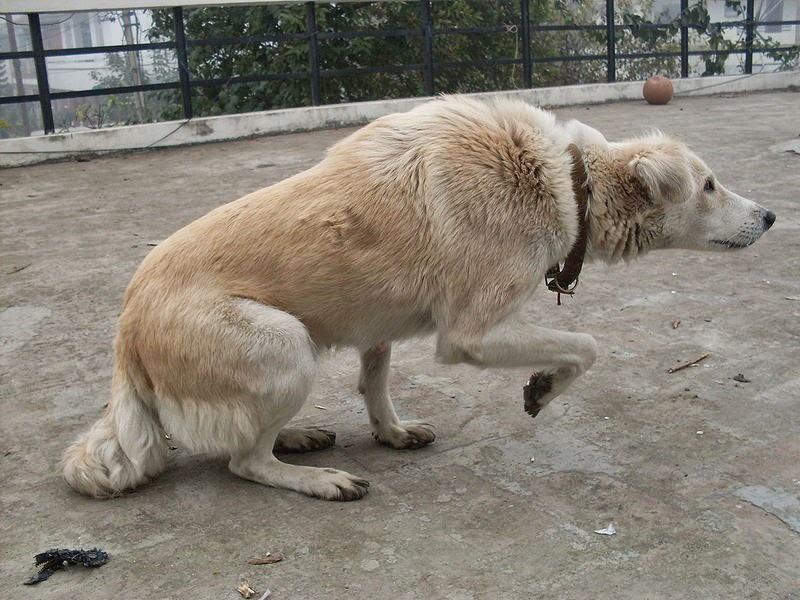Kennel workers have to learn how to deal with all kinds of dog behaviors. The most prevalent dog behaviors at a kennel are: aggression (or guarding), fear and excitement. While no two pets react the same, most behaviors present themselves in the same manner. Learning to identify dog behavior quickly and knowing how to react is key for any kennel worker.
Signs of Dog Aggression
Behavior: lunging, growling, showing teeth, cage biting, loud or low deep barking
Stay confident and calm. Go about your business with the other pets, ignoring the aggressive one and making no eye contact. Pass by the kennel as much as you need, but make no reaction to the aggression.
Wait for the dog to calm down completely before attempting to approach the kennel or cage.
When the dog is seated and calm, approach from the front. Again, no direct eye contact with the aggressive dog. Open the cage or kennel carefully. Be prepared for a lunge. Keep your fingers and arms close to your body and stand tall. Do not bend over an aggressive animal or crouch. Drop a slip leash over the head and around the neck. If the dog becomes aggressive again, shut the cage or kennel safely and walk away, Try again when he calms down.
Fear Reactions in Dogs
Behavior: backing/crouching, growling, showing teeth, urinating, high pitched barking, defecation, anal gland release, lunging
Stay calm and confident. Do not attempt to enter the cage or kennel, allow the pet to come to you. Do not make steady eye contact until she calms down. Open the cage or kennel carefully, the pet may lunge. Try to get her to come to you. Have a slip lead ready and allow her to walk into it. Use treats if the dog is not on a special diet. Try enticing the scared dog with a toy. If the dog becomes aggressive, stop and try again after it calms down. Do not attempt to give her any more affection or attention than she will allow.
Excited Dog Behavior
Behavior: jumping straight up or lunging, high pitched barking, clicking teeth or snappiing
Pass by the kennel several times without making eye contact. Wait for the dog to calm down. When the dog is calm and seated, open the kennel. Be prepared for a lunge or jump. Keep your fingers and arms close to your body in case the dog snaps it's teeth. Drop a slip leash around the dog, and quickly get behind him. With one hand on the back of the collar kneel behind the dog and put him in a seated position. From behind, rub the puppy's chest until it calms down.
Pets may have completely different personalities when left in a kennel away from family and home. As a kennel worker, the faster you recognize dog behaviors and how to safely handle them, most pets calm down. The first day is usually the toughest, once the pet learns the routine and you stick to it, the rest of the stay is easier. Be sure to notify the kennel owner and pet owner of any severe behavior issues with a pet.
Photo credit: Gopal Aggarwal
http://gopal1035.blogspot.com


No comments:
Post a Comment